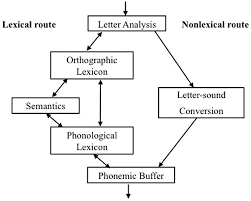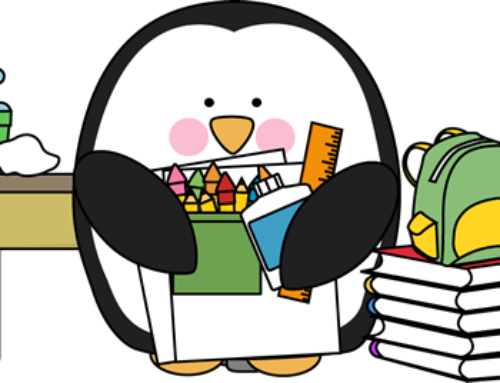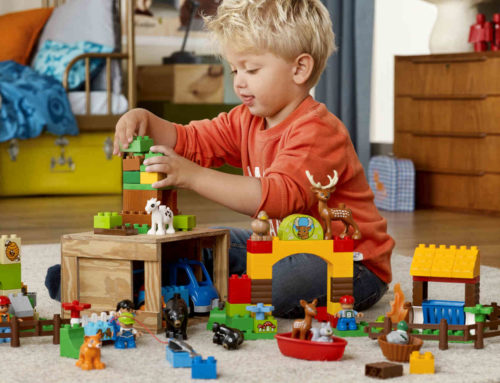The term “dyslexia” is familiar to many people, yet is quite misunderstood. Dyslexia may appear as difficulty reading unusual words like “yacht” in one person, yet may present in another person as difficulty reading nonsense words like “frop”. A reader with dyslexia may also misread words (such as reading slime as smile) and struggle to understand passages. To help clear up some of this confusion, let’s take a closer look at what dyslexia actually is and how it affects reading.
What is Dyslexia?
Dyslexia is a difficulty in acquiring one or more of the sub-skills required for accurate and fluent reading, or to put it simply, it is the term used to describe someone with reading difficulties. It is estimated to affect up to 10% of Australians. Genetics can also play a role in reading difficulties.
Dual Route Models of Reading
Reading is a very complicated thing. There are lots of skills and processes that we use without even being aware of it. Now, if you want to get all technical you can take a look at this representation of the 6 basic components of the dual reading model:
On the other hand, if you’re happy to take my word for it then all you really need to know is that we use two different pathways when we read.
The first pathway is called the Lexical route, which is how we read and process known words. When we learn a word it gets stored in a type of mental dictionary. Then, when a skilled reader visually recognises that word, they are able to access that word in their mental dictionary which gives them the information about how to pronounce it and what it means. This dictionary is able to keep track of every known word, even irregular words that don’t follow letter-to-sound rules such as “colonel” and “quay”. Amazing isn’t it!
The second pathway is called the Non-lexical route, and that refers to the way we sound out unfamiliar regular words that follow the letter-to-sound rules, as well as non-words such as “birg”.
All of these processes need to be functioning in order to be a fluent and competent reader.
So what’s the problem…?
As you can see, there are lots of components involved in reading and unfortunately something can go wrong in any of these parts. This is why dyslexia is not the same in each person, because the difficulty will be dependent on where the breakdown is occurring.
Furthermore, children will often have multiple areas of impairment. Therefore, rather than just using general terms like “dyslexia”, “reading impairment” or “learning difficulty/disability”, researchers stress the importance of using specific terms and discussing and giving details about the specific problem. These specific terms include;
-
Developmental Letter ID Dyslexia:
Refers to impaired letter identification. A child may have difficulty knowing the names of letters, the sounds they make or even being able to make judgments about what it is a letter vs. what is a number (e.g. E vs. 3). A milder version of this issue is letter reversals such as confusing b/d or p/q.
-
Developmental Letter Position Dyslexia:
Refers to letter order errors. A child may read “cloud” as “could” when reading aloud, or they might make errors in defining written words (e.g., could = “makes rain”). They may also make incorrect judgments about what is a real word vs. a non-word (e.g. identifying “brid” as a real word). Keep in mind it can be very easy to incorrectly overlook these children by assuming that their errors are the result of “rushing” or “being careless”. Whilst all children make these types of errors, children with developmental letter position dyslexia make 4 times as many as their typically developing peers.
-
Developmental Surface Dyslexia:
Refers to difficulties with reading irregular words (e.g. yacht). A child may try to sound out irregular words (e.g., pronouncing “come” as “comb”) or take a guess (e.g. saying “yak” for “yacht”) because they have a problem with storing and accessing words from their mental dictionary.
-
Developmental Phonological Dyslexia:
Refers to problems reading non-words. A child may read “gop” as “gob”, or they might just guess (e.g. “yeti” for “yacht”). This is due to issues with their knowledge and understanding of letter-sound rules.
-
Developmental Mixed Dyslexia:
Refers to non-word and irregular word reading impairment. (A combination of Developmental Surface Dyslexia and Developmental Phonological Dyslexia as defined previously.
-
“Poor Comprehenders”:
Refers to children who can read adequately for their age but don’t seem to understand what they have read. These children can be very easy to miss at school, because they sound like “good readers”. These children often require speech pathology intervention to address underlying receptive and expressive language difficulties.
A note about spelling…
There are some researchers and organisations that include spelling problems in their definition of dyslexia. However, this can create confusion.
Ultimately, reading and spelling are different skills. Of course there are processes that are involved in both reading and spelling, so certainly some people will have difficulty with both skills. However, research has clearly shown that some people who are dyslexic (a poor reader) are good spellers. Similarly, some people are poor spellers but good readers.
Luckily, to help us avoid unnecessary confusion, we can simply use two distinct terms- “dyslexia” for reading problems and “dysgraphia” for problems in spelling.
Whilst I won’t go into detail about dysgraphia today, rest assured that it is very similar to dyslexia in that the process of spelling also has many components. As such, breakdowns can occur in any number of areas, which will influence the types of spelling errors being made.
Treating Dyslexia…
As you now know, dyslexia is not one single problem. Therefore, there is not one single solution! The treatment required will depend entirely on the particular nature of the reading problem. For instance, a “Poor Comprehender” will need treatment that is completely different to what’s required for a child with Developmental Letter ID Dyslexia.
Based on current evidence, effective treatment of a struggling reader requires first identifying the specific reading problems the reader has, then designing a reading-based program to develop the skills that have fallen behind.
The problem is there appears to be a new commercial “program”, “treatment”, or even diet available almost every week claiming to “cure dyslexia”! BE VERY CAREFUL!!! Unfortunately, some programs and approaches gain a lot of support and momentum even though there is no scientific evidence to support their claims. What’s more, some of the claims are so abstract and/or vague such as, “improve cognitive capacity” or “improve overall cognitive performance”, that in the end, they don’t actually mean anything! Keep in mind too that testimonials are not evidence! They are biased, subjective and do not take into account other influential factors affecting change.
“Neuroplasticity” and “Neurofeedback” seem to be particular buzz words at the moment. There are programs that claim to cure dyslexia (among other things!) through neuro/biofeedback, mapping brainwaves, stimulating parts of the brain etc. Yes it all looks very high tech and professional but here’s the thing – brain data on it’s own cannot tell us if an educational treatment works or not. You have to have some behavioural data to go with it! Don’t worry about the hype – just focus on the behaviour (in the case of dyslexia – reading) not the “brain”.
Remember…
Dyslexia is a term used to describe someone with reading difficulties. It varies from person to person and therefore there isn’t a single solution. The particular nature of the reading problem determines the treatment needed. Currently, the evidence indicates that treatments that target the specific reading problem by developing the reading skills that have fallen behind are most effective.
Don’t forget to Like Modern Speechie on Facebook for more information and tips to help your child be the best communicator they can be!







Leave A Comment